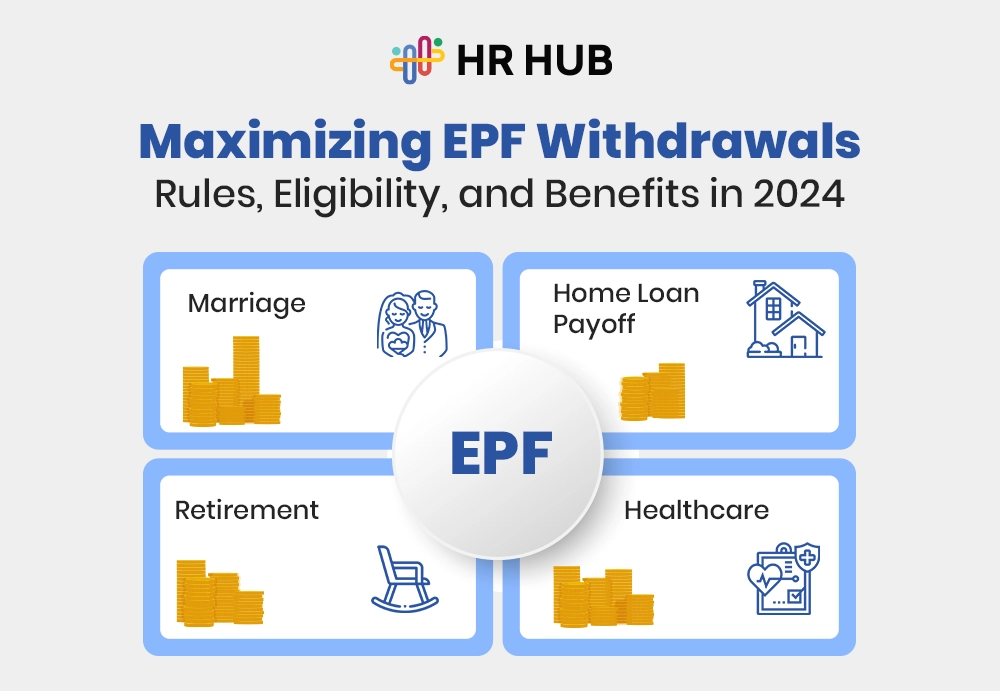It’s easy for company values to exist as little more than words on a wall—nice to look at but irrelevant to day-to-day business decisions. However, when culture, strategy, and purpose are aligned, these words can transform into actions that drive employee fulfillment and organizational success.
Creating alignment doesn’t happen by accident. It requires a deliberate approach to integrate culture into every aspect of your strategy and operations. This article will break down actionable steps to help HR leaders and professionals bring their culture to life and connect it to strategy and purpose.
The Why Behind Alignment
In the past few years, phrases like “alignment” and “purpose” have become buzzwords in HR. But why does alignment matter? Research consistently shows that employees perform better and stay longer when they feel their work connects to a larger purpose. According to a Deloitte study, purpose-driven companies grow three times faster than their peers. Yet, alignment isn’t automatic. Many organizations fail to bridge the gap between what they say they value and how they operate day-to-day. The result? Disengaged employees, misaligned priorities, and stagnated growth.
To solve this, HR leaders must start at the foundation: defining culture, identifying strategy, and operationalizing purpose.
Step 1: Define Your Culture
Your company’s culture is the invisible force that drives behavior, but it’s only effective when it’s clearly defined and understood. Here’s how to clarify it:
- Identify Core Values That Matter Avoid generic statements like “We value teamwork and innovation.” Instead, ask: What behaviors do we want to see consistently in our people? For example, if “accountability” is a core value, describe what that looks like in action. Are employees encouraged to speak up when they see inefficiencies? Are leaders modeling transparency?
- Gather Employee Input Culture isn’t dictated by the C-suite; it’s co-created by everyone in the organization. Conduct focus groups or surveys to identify the values that resonate most with employees. Their input ensures buy-in and authenticity.
- Document and Share the Culture Once you’ve defined the key elements of your culture, codify them into a culture playbook or framework. Share this with every employee during onboarding and reinforce it during company events and leadership communications.
Step 2: Link Strategy to Culture
A common mistake HR professionals make is treating culture as separate from business strategy. The reality? Strategy drives what you do; culture determines how you do it.
- Use the Culture-Strategy Alignment Framework To align strategy and culture, consider this three-step framework:
- Assess Gaps: Evaluate whether your current culture supports or hinders your strategic objectives. For instance, if your strategy prioritizes innovation, but employees fear taking risks, there’s a gap that needs addressing.
- Define Success: Align leadership on what success looks like. This might include KPIs like reduced turnover rates or improved project execution time.
- Implement Small Shifts: Don’t overhaul the culture overnight. Instead, identify small behavioral changes that move your organization closer to alignment, such as shifting from top-down decision-making to collaborative brainstorming sessions.
- Cascade Strategy Through Leadership Alignment starts at the top. Ensure that leaders are not only aware of the company strategy but also embody the cultural values. Train them to communicate the strategy in ways that resonate with their teams, bridging the gap between big-picture goals and day-to-day actions.
Step 3: Operationalize Purpose
Purpose should be the North Star of your organization, guiding everything from hiring to decision-making. Operationalizing purpose means embedding it into processes, policies, and practices so it’s not just a lofty ideal but a lived experience.
- Connect Purpose to Roles Employees need to see how their individual contributions ladder up to the organization’s purpose. Create role-specific purpose statements that tie their work to the larger mission. For example, an HR professional’s purpose statement might read: “To empower employees to achieve their best by fostering a culture of inclusivity and growth.”
- Recognize Purpose in Action Celebrate employees who demonstrate purpose-driven behaviors. Whether it’s a shout-out in a team meeting or a company-wide recognition program, these moments reinforce alignment between purpose and culture.
- Measure and Adjust You can’t manage what you don’t measure. Regularly assess whether employees feel connected to the company’s purpose through engagement surveys or pulse checks. Use this data to identify areas where alignment may be slipping and course-correct.
Breaking the Quiet Quitting Cycle
Alignment isn’t just about business outcomes—it’s also the antidote to the growing trend of “quiet quitting,” where employees disengage and do the bare minimum. When culture, strategy, and purpose are aligned, employees are more likely to exhibit Above The Line® behaviors—going above and beyond because they feel genuinely connected to their work.
- Provide Clear Expectations Employees disengage when they’re unclear about what’s expected of them. Create a culture of accountability by setting clear goals and providing consistent feedback.
- Build Psychological Safety Employees won’t go above and beyond if they fear failure. Encourage experimentation and frame mistakes as learning opportunities rather than setbacks.
- Offer Development Opportunities Employees who feel stagnant are more likely to disengage. Invest in their growth by offering training programs, mentorship, and career development opportunities.
From Words to Action: Tools You Can Use Today
- Culture Alignment Checklist
- Are your core values clearly defined and documented?
- Do employees have a say in shaping your culture?
- Are leaders trained to model cultural values?
- Strategy Alignment Questions
- What are the current gaps between culture and strategy?
- How does your culture support your strategic objectives?
- Are leaders actively reinforcing alignment in their communication?
- Purpose Operationalization Framework
- Have you created role-specific purpose statements?
- Do employees regularly hear how their work ties to the company mission?
- Are you measuring engagement and adjusting strategies accordingly?
Final Thoughts
Alignment is more than a buzzword; it’s a business imperative. When culture, strategy, and purpose are synchronized, employees find fulfillment, and organizations thrive. By following the steps outlined above, HR leaders can create an environment where employees don’t just show up—they engage, innovate, and succeed. Start small, measure impact, and watch as your culture transforms from a set of words into a source of results-driven actions.
Author:

Dr. Jessica Kriegel, Chief Strategy Officer of Workforce and Labor at Culture Partners
Dr. Kriegel is a household name for all workplace, labor, leadership, women in the workplace, and job markets. She has been seen on CNBC, MSNBC, CNN, NBC, FOX Business and more.






